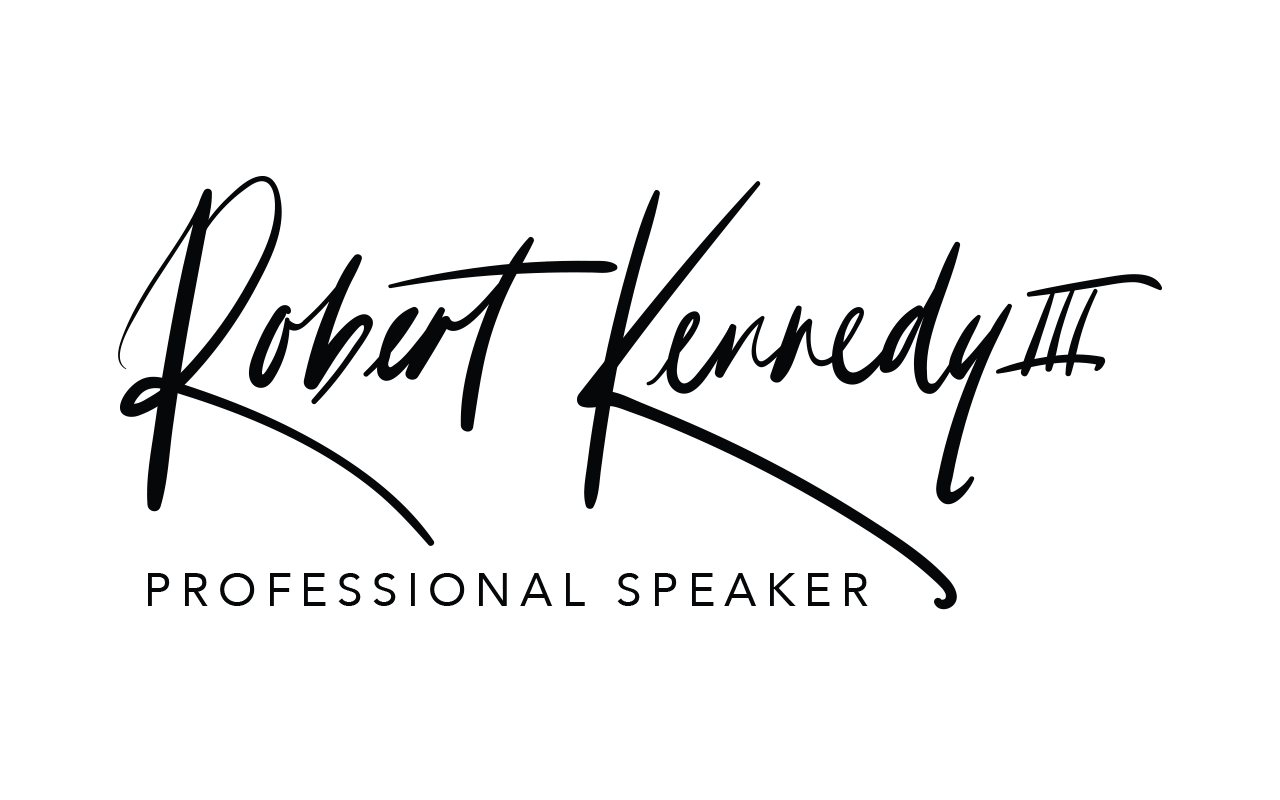Have you ever had to give a speech or a presentation, and you just weren’t sure how to set up your address or structure it so that you could connect with your audience and have them get the point? I’m going to share with you five storytelling techniques that you can use to structure your speech and make you look like a presentation Rockstar.
You’ve been called on to deliver a speech, a report, or a presentation. And you don’t want it to be the same old boring speech, presentation, or report anymore. You’ve heard that storytelling is an excellent way to bump up the engagement and connection factor. But you’re just not sure how to bring stories into work or data built or data-driven presentations.
I want to share five techniques that you can use to structure any good story or presentation.
#1
The first technique is called the hero’s journey. In the hero’s journey, this is a journey or a technique you’re all familiar with. A lot of movies use this journey. The hero leaves their home, and they set out on this crazy journey. They go from something comfortable, something they know, something they’re used to, into this threatening unknown. After this, they fight a big battle; they overcome a great trial. And then they return home with a reward or with some new wisdom. This wisdom is then used to help their community. Many stories follow this; this technique helps to take your audience on a journey with that hero, goes with them through the fights, goes with them back home, where they’re then able to utilize those stories to share with those at home. All the new wisdom that they’ve discovered. Joseph Campbell wrote a great book called the hero’s journey. And if you’re interested in finding out about that technique, I recommend reading that book.
#2
The second storytelling technique with which you might want to be familiar with if you’re not already familiar. It’s called the mountain. Now, in the first part of the mountain story, you’re just telling everybody what’s going on, you’re creating context, you’re setting the scene. But the mountain is this journey, where there are ups and downs, there are breaks, there are challenges, resolution challenges, you got one challenge, then it’s solved. You’ve got a second challenge to solve the third challenge, and then it’s off. It’s like one of those personal stories where you almost feel like you are constantly having trouble. It never ends. And the thing about a mountain story, unlike the hero’s journey, the hero’s journey usually has a happy ending; the mountain story does not have to have a happy ending. It could end with someone dying, and it could end with the story not resolving as you would expect it to.
#3
The third storytelling technique that you want to be familiar with is one that’s called nested loops. Now in nested loops, you layer several narratives inside of each other. A friend tells you their story. And then that story includes someone wise, maybe telling them a story that changed their lives. And it changed the arc of their story. For example, I remember writing a story about how I was practicing for a group in college. As I was doing that, a friend or someone was a chaplain of my College who came to watch, and he said some words to me. He told me a story. And that story changed how I viewed myself as a leader. If I’m suggesting that story to somebody, I’m telling them the story that my guru said to me inside of the story. So they hear my story plus the other story of wisdom. And then they’re learning how that story of wisdom affected me and changed my life arc. That’s what a nested loop does.
#4
The fourth storytelling technique is the media rez, or in the middle of things. Using this technique, you start in the heat of the action; you start in the middle of the story, as it says in the name. You might be in the middle of the climax, in the middle of the conflict, in the middle of the battle, right when this story begins, but then you circle back to the beginning. And you tell how this started, and you give a little bit of the build-up before returning through that middle through that battle, on to the end of the store. Many movies work this way. Look for any movie that has or features flashbacks.
#5
The fifth storytelling technique is what is known as sparklines. Nancy Duarte uses this technique, and a sparkline is where you contrast what is happening currently with the hope of an ideal future or fantasy. An example of this, you will probably look for many political speeches or many sermons. They share with you what is happening now, the crazy that’s happening now. And then they tell you what that future is that you can look towards. These are very inspirational speeches, and they want your audience to move to action. They share with you a different future, a different possibility, one that doesn’t exist already, but an idealistic one, one that is perfect. One that is aspirational gives people something to hope for. Martin Luther King delivered what was called the I Have a Dream speech. And this was a speech that used sparklines talking about all of the different things that existed now or then. And then comparing that with his dream of what could be speeches and presentations are that much better and much more interesting.
When there’s a story involved, stories are much easier to structure when you understand how they’re put together, and you have a framework.
You can also find this post on https://robertkennedy3.medium.com/5-storytelling-tips-to-make-you-a-presentation-rockstar-741cca054782 & http://kennetikkommunications.com/5-storytelling-tips-to-make-you-a-presentation-rockstar/
For more tips on communication, leadership, and motivation, visit my YouTube channel on https://www.youtube.com/robertkennedy3.


